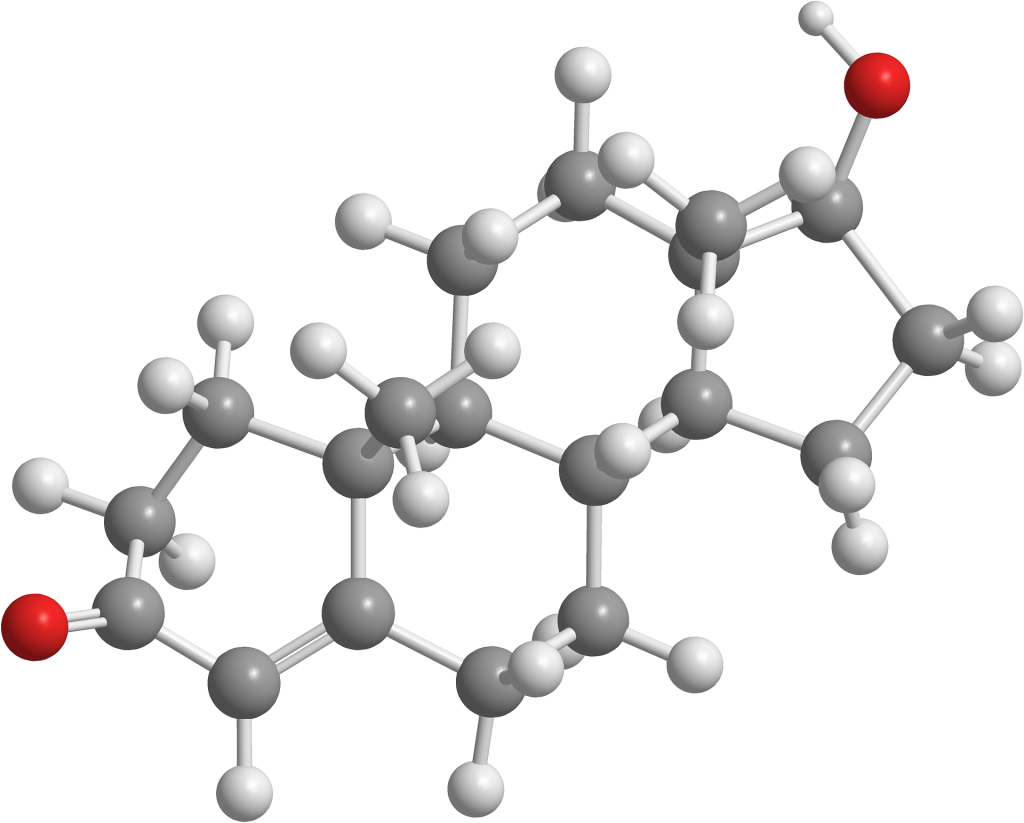Male Hormone Therapy and Its Risks Male hormone therapy is safe but does carry some risks. Not to scare you,...

Male Hormone Therapy and Its Risks Male hormone therapy is safe but does carry some risks. Not to scare you,...
© 2025 jackomd180. All rights reserved.